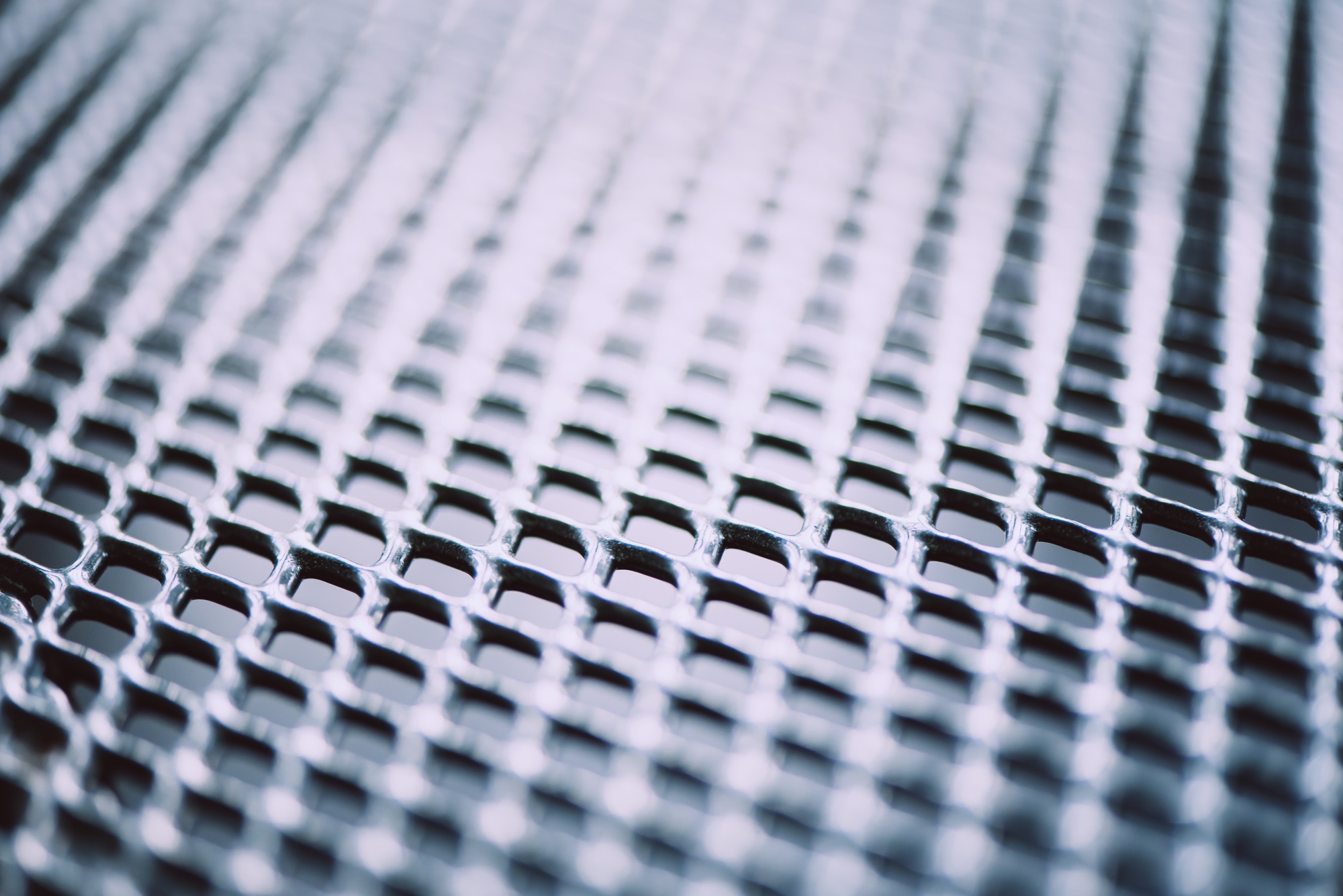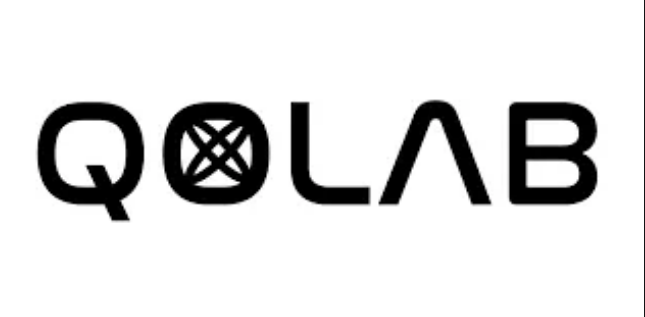Insider Brief
- Terra Quantum has introduced QMM-Enhanced Error Correction, a hardware-validated, measurement-free method that suppresses quantum errors and improves fidelity on existing processors without architectural changes.
- The Quantum Memory Matrix (QMM) achieves up to 35% error reduction, raises logical fidelity to 94% with repetition codes, and performs comparably to surface codes while using ten times fewer qubits.
- Validated on IBM superconducting processors, QMM offers a modular, unitary layer that supports hybrid workloads, reduces training loss in quantum machine learning, and enables scalable, fault-resilient quantum computing.
PRESS RELEASE — Terra Quantum has published a groundbreaking advance in quantum error correction that redefines how we scale quantum computing. In the peer-reviewed paper “QMM-Enhanced Error Correction: Demonstrating Reversible Imprinting and Retrieval for Robust Quantum Computation”, Terra Quantum scientists present QMM-Enhanced Error Correction, a hardware-validated, measurement-free method for suppressing quantum errors, based on principles derived initially from quantum gravity.
At the heart of this innovation is the Quantum Memory Matrix (QMM), a cosmology-inspired concept that models space-time as a lattice of finite-dimensional memory cells. Terra Quantum has now translated this deep theoretical idea into a functional quantum circuit. Validated on IBM’s superconducting processors, the QMM layer functions as a lightweight, unitary “booster” that enhances fidelity without mid-circuit measurements or added two-qubit gates, offering a powerful alternative to traditional surface codes.
“We have taken a concept rooted in quantum gravity and made it plug-and-play for today’s quantum processors,” said Florian Neukart, Chief Product Officer at Terra Quantum. “QMM-enhanced error correction works out of the box on existing hardware, requires no architectural changes, and delivers measurable gains. For industries building quantum solutions now, not in 10 years. This is a game-changer.”

A New Error-suppression Paradigm for the NISQ Era
Noisy Intermediate-Scale Quantum (NISQ) processors remain constrained by high error rates and short coherence times. Conventional quantum error correction methods, like surface or Floquet codes, require thousands of physical qubits to protect just a few logical ones and depend on mid-circuit measurement, which many hardware platforms (such as photonic and analog systems) do not yet support.
Terra Quantum’s QMM offers a radically different approach. A single QMM cycle achieves 73% fidelity, is entirely unitary, and is feedback-free. When combined with a repetition code, logical fidelity increases to 94%, representing a 32% gain achieved without the addition of CX gates. In hybrid workloads such as variational quantum classifiers, QMM reduces training loss by 35% and halves run-to-run performance variance. Simulations show that three QMM layers can achieve error rates comparable to those of a distance-3 surface code, while requiring ten times fewer qubits.
Implications for Scalable Quantum Computing
QMM is especially relevant in environments where traditional error correction is impractical or cost prohibitive. It addresses core challenges across photonic and analog platforms where mid-circuit measurements are infeasible, cloud-based quantum systems that demand minimal gate depth and latency, and hybrid quantum-classical applications, where even marginal stability gains translate to significant performance benefits. As a modular, unitary, and hardware-compatible solution, QMM enables deployable error suppression on today’s machines.
Just as GPUs and AI accelerators redefined classical computing when Moore’s Law began to plateau, Terra Quantum’s QMM layer introduces a new architectural class for quantum systems. Think of it as a quantum tensor core: a compact, circuit-level module that boosts fidelity and suppresses coherent errors without increasing circuit depth or gate count.
With up to 35% error reduction, seamless integration, and no extra two-qubit operations, QMM enables more performance per qubit, per dollar, and watt. For hardware vendors, system integrators, and developers, this provides a clear path toward scalable, fault-tolerant quantum computing without requiring redesign of the stack.
A Foundation for Next-generation Quantum Algorithms
By mitigating error directly at the circuit level, QMM unlocks a new class of shallow, fault-resilient quantum algorithms. Developers working on quantum machine learning, chemistry, or optimization can now explore richer, more expressive models without incurring the exponential costs of full stabilizer-based correction.
Full paper available via Wiley Advanced Quantum Technologies: https://shorturl.at/XZpuD


















